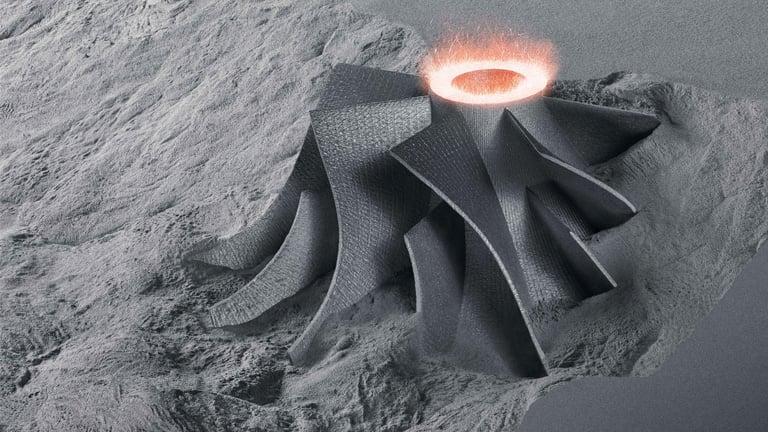International Conference on Welding Technology

A resistance weld process monitoring 1. How can I find the cause of inconsistent resistance welding results? Process consistency is a common challenge in resistance welding. A number of things can go wrong, all caused by variations in one or more of these areas: equipment performance, material properties, and process settings. To find the culprit, start by recording weld process parameters with a weld monitor and examining the results. An experienced, well-trained operator can detect welding problems and make educated guesses about their causes, but without the data from a weld monitor, that operator is largely running blind. 2. What process parameters can be measured by a weld monitor? A resistance weld monitor can measure electric current during the weld, voltage between electrodes, electrode force, and electrode movement. Basic models output a numeric aggregated value (minimum or maximum) for one or more parameters. More advanced monitors can capture and analyze the entire high-re


